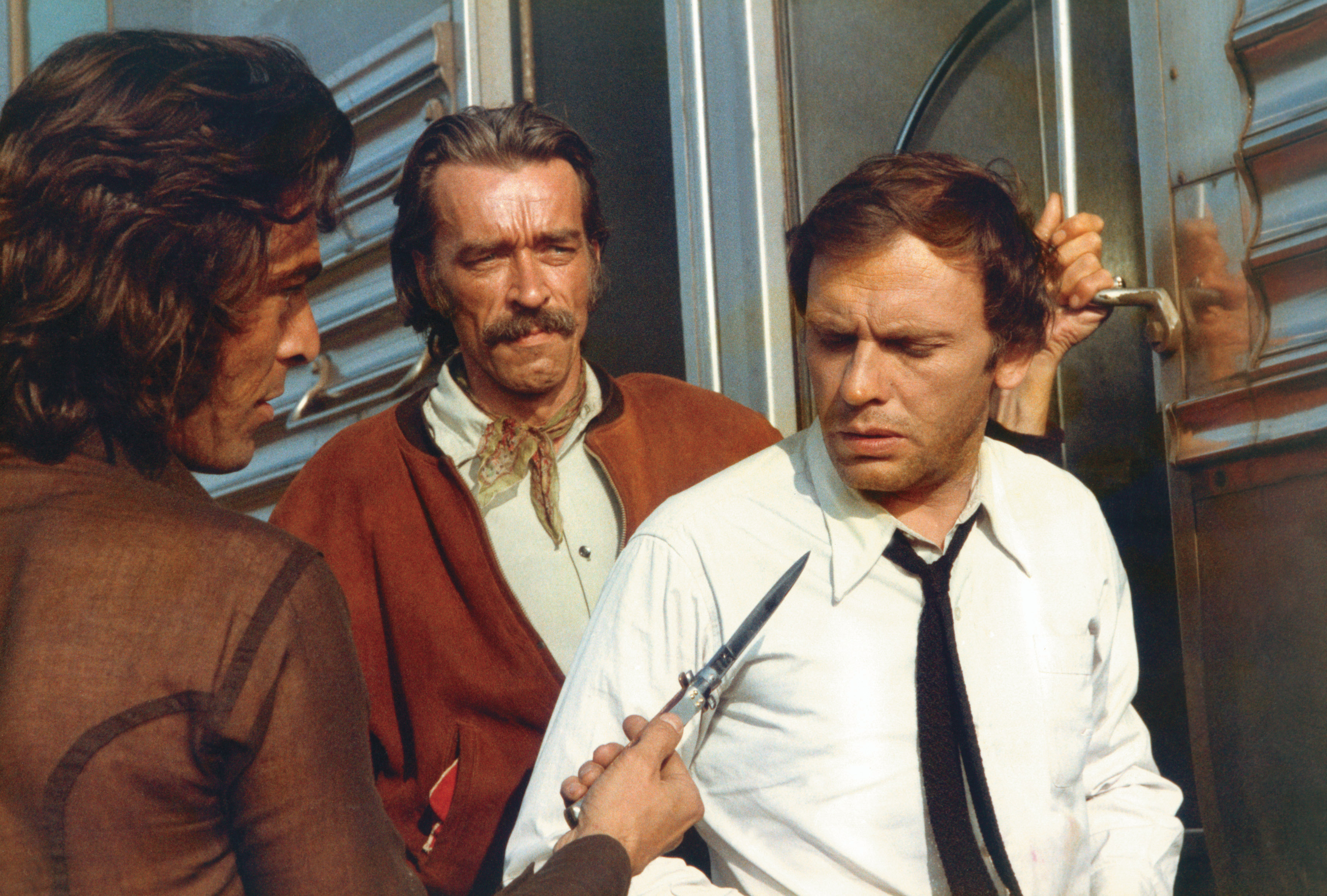
A close shave for fugitive Jean-Louis Trintignant.
Mist rises through the trees in an eerie-looking landscape, as pan pipes play on the soundtrack. Momentarily, I thought I’d dropped in on the action at Picnic at Hanging Rock. But this is the post-credits sequence of René Clément’s And Hope to Die, a 1972 crime thriller adapted from the novel Black Friday by David Goodis.
Thriller is the wrong word for a story that’s more adept at evoking the spirit of classic westerns than delivering action or suspense. It does get off to an exciting start, as Frenchman Tony (Jean-Louis Trintignant) tries to evade a bunch of vengeful gypsies, before leaping from a train near the Canadian border. He witnesses a shooting (at the photogenic Montreal Biosphère), then accepts a wad of notes from the dying man. But the killers grab Tony and take him to an isolated country house, where their leader Charley (Robert Ryan) is plotting an audacious kidnapping.
The bad news is that there’s far too much down time between the action-packed opening and the climactic job, involving a fire engine, a talking doll and a character called “Toboggan”. The domestic scenes between Tony (affectionately dubbed “Froggy” by his captors) and the rest of Charley’s gang often drift from tension into tedium. I’ve never watched paint dry, but I’m guessing it is on a par with watching underemployed criminals trying to stand three cigarettes on end.
I don’t mind a few loose ends in a plot, but there’s a lot here that simply doesn’t make sense. If Charley really wants his missing money back, why doesn’t he just get on with torturing and killing Froggy? It would lop half an hour off the running time, and spare poor Sugar (Lea Massari) the pain of a broken heart. I also wondered how one of the gang sustained fatal injuries from ripping the seat of his trousers, after being thrown from a moving car. Finally, who is that cute kid losing his marbles in the baffling prologue sequence?
I stuck it out with And Hope to Die because of Clément’s directorial flourishes and the quality of the performances. Trintignant doesn’t have the swagger of Jean-Paul Belmondo, but he’s great here as a fugitive living on his wits and discovering his own honour among thieves. Aldo Ray's burly ex-pugilist Mattone has dubious taste in cardigans and no luck with women. The nurturing Sugar and wild child Pepper (Tisa Farrow, sister of Mia) give us all-too believable variations on romantic idealism — the Frenchman is their means of escape. But it’s in the ebb and flow between Tony and Charley that Clément seems to be drawing on classic western scenarios of the ageing gunfighter and the young interloper. In one of his last screen roles, Ryan is superb – ruthless, wistful and utterly resigned to his fate.
Whatever else you can say about Clément’s penultimate film, it isn’t short on talking points. Ryan also starred in Sam Peckinpah’s The Wild Bunch, and that film’s elegiac qualities seep into the final scenes here, though without the accompanying buckets of blood. Tony’s ominous train-station “reception” feels like a mini homage to the celebrated opening of Sergio Leone’s Once Upon a Time in the West. If those gypsies lurking in the bushes had been Native Americans, this could have been a western.
With its attractive photography, autumnal colours and a haunting score by Francis Lai, And Hope to Die will linger in my memory in a way that more efficient thrillers haven’t over the years. It was the recurring image of the marbles cascading down the stairs that hooked me: even more poetic than a slo-mo hail of bullets à la Peckinpah.

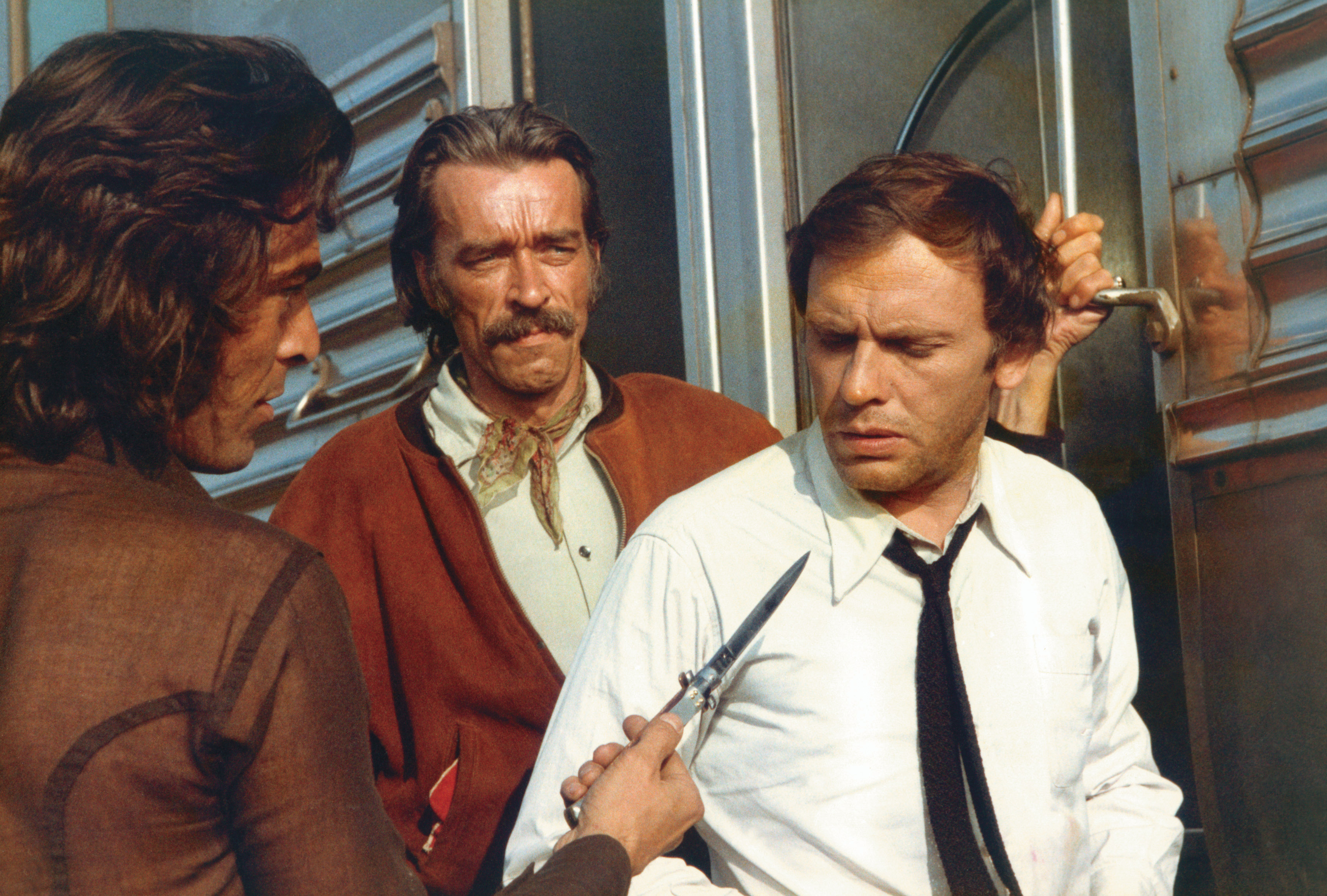
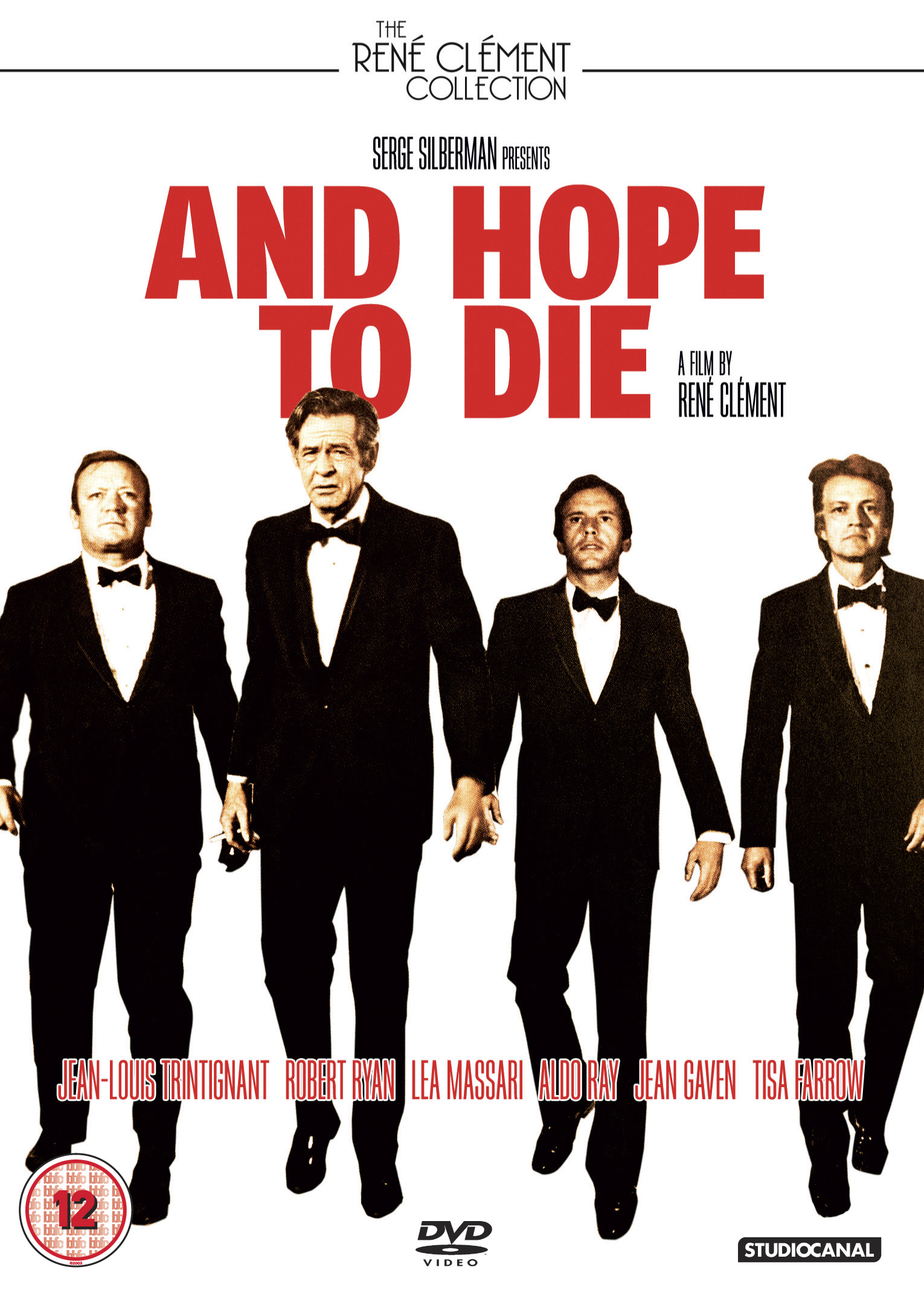






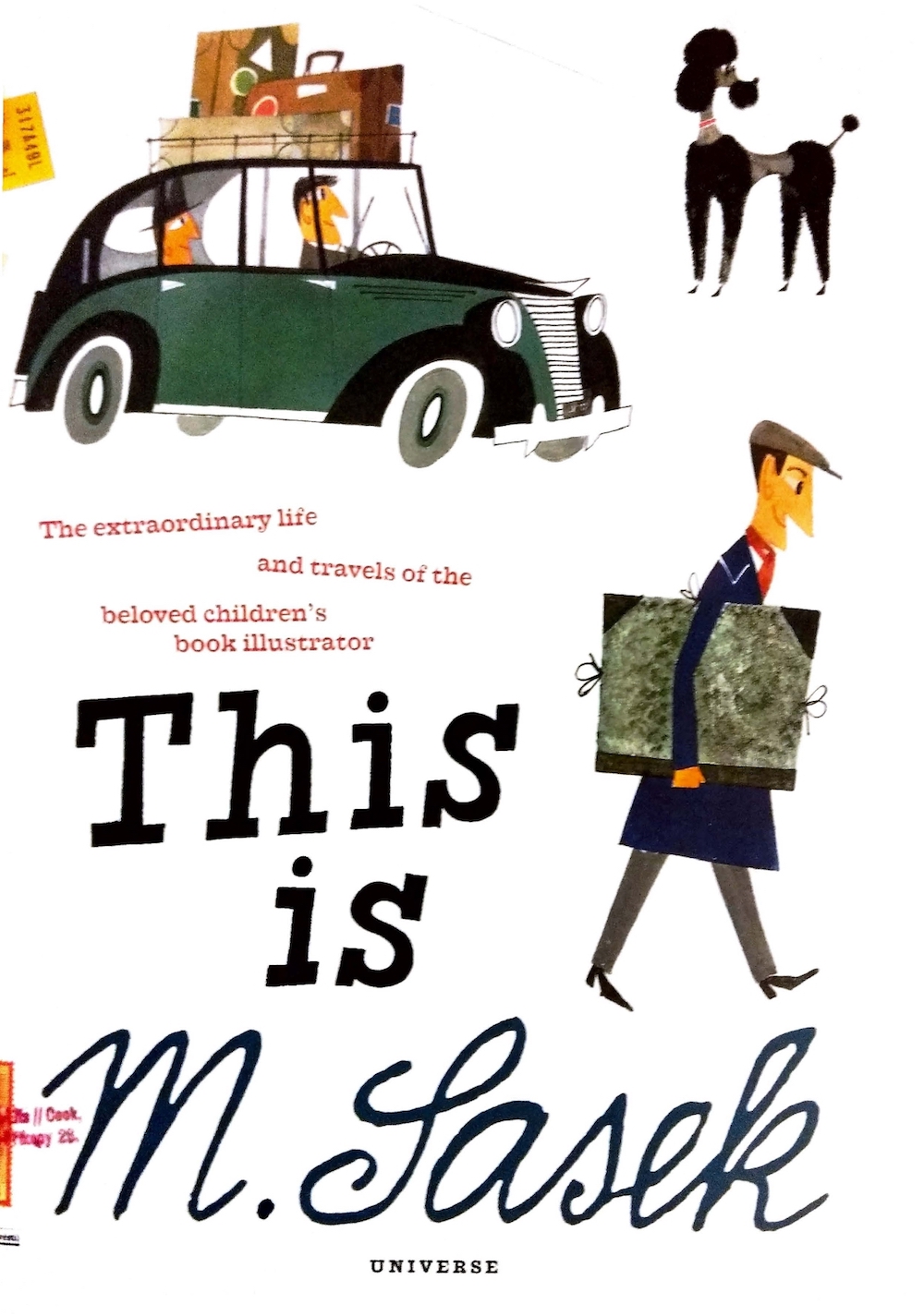



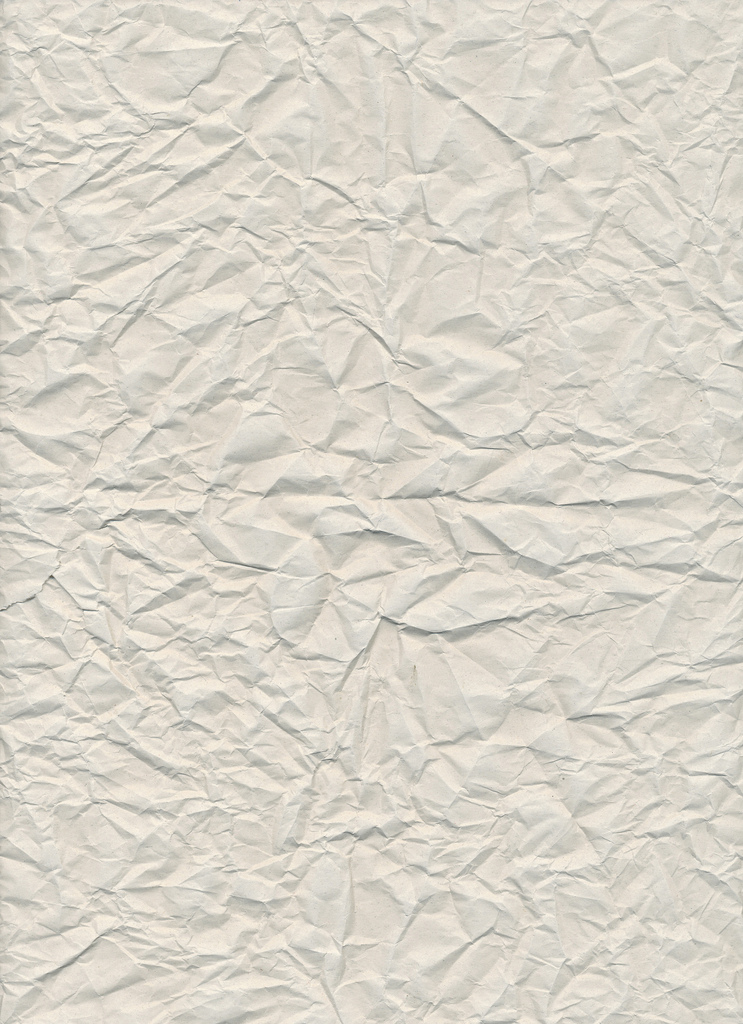
1 Pingback